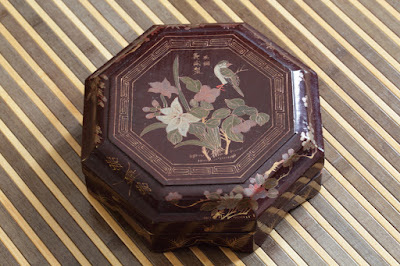In the past, Chinese being a superstitious lot, believed the date and time you were born determined your character and future. Therefore, it is very important for prospective couples' eight characters of birth time (生辰八字) to match before a wedding can take place. They are very careful about avoiding a bad match.
During the search for a bride, the matchmakers introduce the eligible brides to the groom's family with a profile card that contains details of the bride's family background and the eight characters of birth time. Then, the groom's family would keep the profile of the prospective bride for few days to see if anything bad happens. If none, both families would go to consult a fortune teller to confirm if both parties are a good match.
The next would be the betrothal gift ceremony. Both families would meet up to select an auspicious wedding date, discuss about the wedding and to exchange gifts. After the ceremony, the couple is considered to be betrothed to each other.
Pictures below showing two baskets which were used for the betrothal gift ceremony.
Basket 1
Basket 2
During the search for a bride, the matchmakers introduce the eligible brides to the groom's family with a profile card that contains details of the bride's family background and the eight characters of birth time. Then, the groom's family would keep the profile of the prospective bride for few days to see if anything bad happens. If none, both families would go to consult a fortune teller to confirm if both parties are a good match.
The next would be the betrothal gift ceremony. Both families would meet up to select an auspicious wedding date, discuss about the wedding and to exchange gifts. After the ceremony, the couple is considered to be betrothed to each other.
Pictures below showing two baskets which were used for the betrothal gift ceremony.
Basket 1
Basket 2




















































